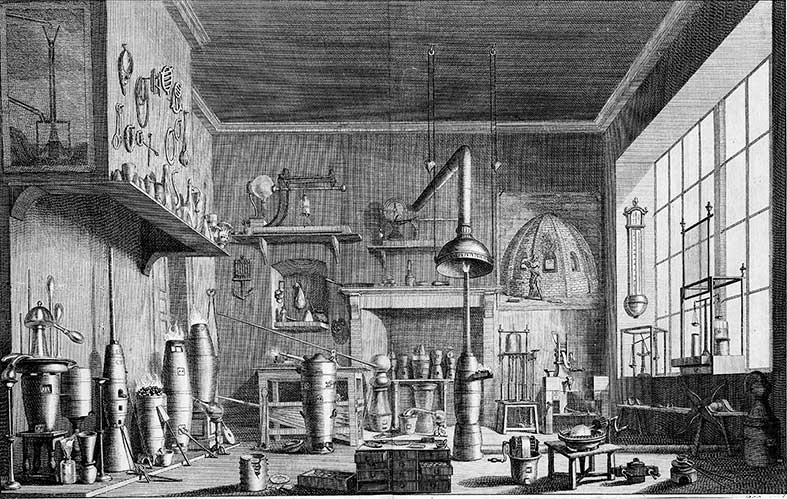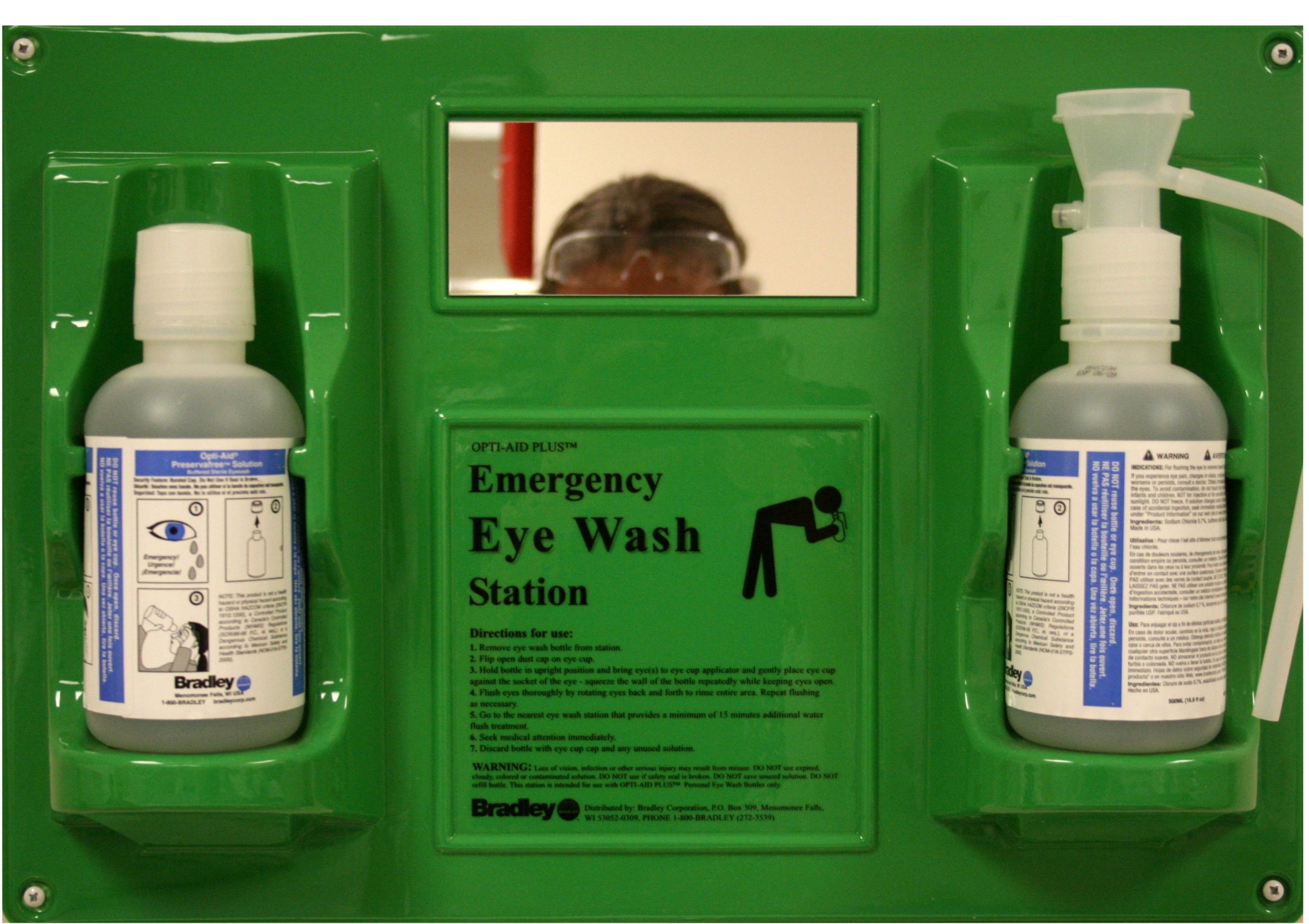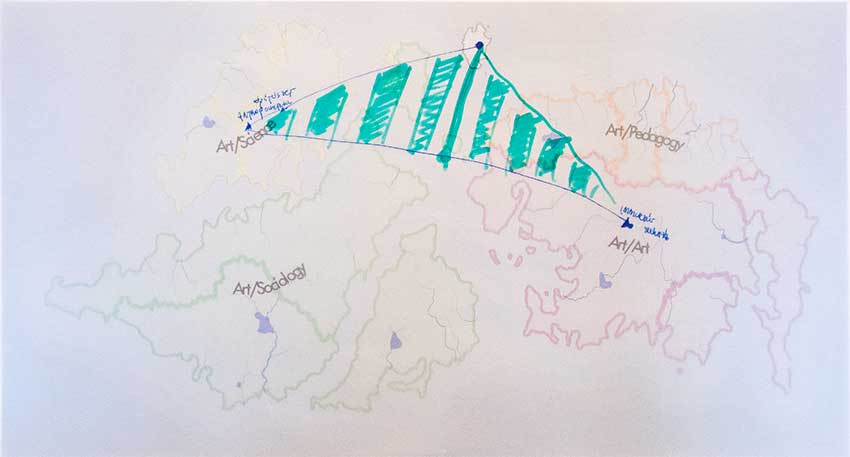Szabolcs KissPál
associate professor HUFA – Budapest
Even though a universal history of laboratories hasn’t been written yet, according to the development of the term and format we can acknowledge that its history is closely tied to the history of modernism. Its first usage in the modern sense dates back to the 15-16th centuries, when it primarily denoted the workshops of alchemists where natural phenomena were explored by means of tools and instruments1 — depicted extensively in the iconography of the epoch.

Credit: Wellcome Library, London. Wellcome Images CC BY 4.0
Based on historical depictions a new aspect of the laboratory emerged in the 18th century: the organized division of labor, which became a fundamental
aspect of modern laboratories. The ‘revolution’ of the laboratories in the early 19th century was influenced by the reform of existing universities transforming them from places of collecting and ordering knowledge into places where new knowledge was being produced through research. During the last third of the same century two significant changes occurred in the development of laboratories. They began extending into the field of humanities (psychology, linguistics), resulting for instance in the establishment of new fields such as experimental aesthetics with documented impacts on pointillism and on the work concepts of the Bauhaus later on. At the same time ‘this special form of knowledge production was increasingly subjected to an economic regime which was guided by the principles of specialization, mechanization and standardization.’2 Meanwhile the Romantic concept of an individual scientist striving for knowledge was replaced by a collective space, ‘which primarily served to establish new scientific facts’ with growing authority in an increasingly industrialized society.
Already in the 18th century, the word ‘laboratory’ was used to describe not only the studios of painters, sculptors and printmakers, but more generally, any place where people made things with their hands. However, the modern generalization of the term with a clear focus on science occurred as late as the beginning of the 20th century, coinciding with a change in status of the scientific practice, which became work in the sense of labor. As Henning Schmidgen notes, ‘in the laboratory, the activities of the scientist assumed some of the characteristics of work at the conveyor belt.’3 At the same time the laboratories became global institutions establishing a framework of movement for scientists of different nationalities who started to travel and exchange texts, instruments and experimentation procedures, thereby raising the issue of mobility and translation.
Based on the above, the architecturally delimited laboratory is a space equipped for the experimental study, testing and analysis of various phenomena, where new information can be obtained, and their truth can be validated. While this requires a controlled environment and protocols, artistic procedures—especially since the 20th century—seem to be doing just the opposite: they continuously dissolve the external controlling elements and renew their own focuses, protocols and (counter)methodologies, including even their own identity and eventual ideology. Since, within artistic methodologies, the intentional misuse of already established methodologies as a form of testing is a common occurrence, a multidimensional criticality is crucial to their development. This aspect extends to the relationship between art and other fields of research (scientific, social, esthetic, philosophical), including an often radical self-reflectiveness as a legacy of 20th-century art history.
In the 1940s an increasing number of artistic and architectural endeavors were proclaiming themselves ‘laboratories’ on account of the importance of experimentation in their methodologies. This was a tendency rooted in the historical avant-garde, notably the Russian VKhUTEMAS and the Bauhaus, where the term of laboratory wasn’t only used as a metaphor; in the case of the former for instance proper laboratory settings were created with apparatuses and standardized testing. It is worth noting that in these cases artistic production was conceived as part of the architecture and design, understood in a broader sense though, as for instance in the pedagogic activity of Josef Albers at Black Mountains College.

Thus we can encounter the term and format of art laboratories throughout history both as metaphors (from Le Corbusier to Passolini) and real, physical and practical implementations.4 In the past decades however an impressive boom of various cultural, artistic, technological and social laboratories have taken place.5 While in the ’90s this expansion was mostly animated by the optimism surrounding the emergence of ‘new media’,6 in the 2000s one of the main driving forces became the European Union’s various R+D+I (Research, Development and Innovation) policies, which were explicitly aimed at converting the knowledge-production potential of universities into innovative applications, ultimately serving the competitivity of the EU economy. Since artistic knowledge has less obvious pragmatic value, academic artistic research aims to reach an equal status with established scientific research, as expressed in the Vienna Declaration of 2020.7 As a result it positions itself within a wide transdisciplinary range from hard to social sciences, looking for its role within the research landscape from data visualization to social intervention, from material experimentation to cultural cohesion, and ultimately aiming at the implementation of various European social and cultural values.8 What is common in all of them is the freedom inherent to art’s tradition, which, similarly to the freedom of scientific research, ‘is a necessary condition for researchers to produce, share and transfer knowledge as a public good for the well-being of society. Our hopes and our ambitions to achieve a better future also depend on the freedom of scientific research.’9

For art, freedom is nonetheless connected to a deeper sense of social responsibility, demanding a critical stance towards any neoliberal or illiberal ideological distortions of democracies and acting as an agent of humanistic values.
In order to achieve this, the laboratory as such should become a practice, rather than a metaphor.
In the following pages you will find the descriptions of four newly established LABoratories, as a result of a collaboration between four universities within the framework of EU4ART European University:
ABARoma Academy of Fine Arts of Rome
HfBK Dresden University of Fine Arts
LMA Art Academy of Latvia
MKE Hungarian University of Fine Arts
Defined by different local contexts and developing different concepts and methodologies, they articulate what role they envision for the newly established institutional units called LABs.
Budapest,
March 2023
Authors:
Costanza Barbieri, Veronica Di Geronimo (ABARoma)
Gabriella Kiss, Szabolcs KissPál (HUFA)
Till Ansgar Baumhauer, Claudia Reichert (HfBK)
Antra Priede (LMA)
This project has received funding from the European Union’s Horizon 2020 research and innovation programme under grant agreement No. 101016460.
Further information on EU4ART_differences project: https://differences.eu4art.eu/
1 based on Henning Schmidgen, “The Laboratory,” Encyclopedia of the History of Science (April
2021) doi: 10.34758/sz06-t975. “One of the first laboratories for which detailed information exists was housed in Uraniborg, the research centre which was built and equipped in the late-16th century for the Danish astronomer Tycho Brahe (1546–1601).”
https://ethos.lps.library.cmu.edu/article/id/450/
2 ibid.
3 ibid.
4 https://lab.cccb.org/en/artists-in-the-laboratory/
5 https://lab.cccb.org/en/dossier/laboratories/
6 for instance in the UK: https://www.furtherfield.org/media-lab-culture-in-the-uk/
7 https://cultureactioneurope.org/news/vienna-declaration-on-artistic-research/
8 For the critical reception of Vienna declaration see:
https://issue-journal.ch/focus-summaries/issue-10-the-controversial-institutionalisation-of-artistic-research/
THE CONTROVERSIAL INSTITUTIONALISATION OF ARTISTIC RESEARCH, ISSUE #10 – Journal of art & design HEAD – Genève
9 Bonn Declaration on Freedom of Scientific Research 2020
